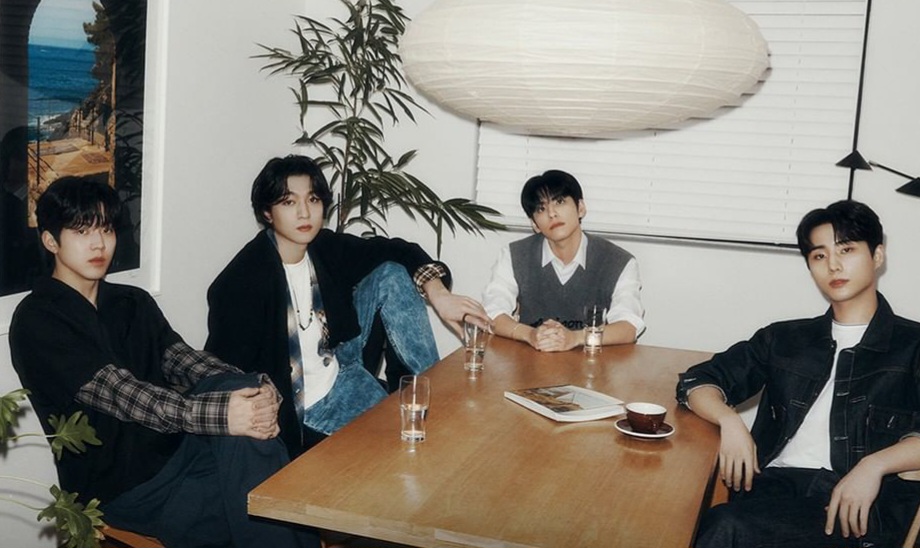The impact of Netflix’s original variety show “Culinary Class Wars” is heating up. As a result, the data consulting firm PMI conducted a “Perception Survey on Culinary Class Wars” with 1,000 men and women aged 20-69 nationwide, asking about the secret to the show’s popularity. Below are the results:
■ What was the most interesting factor in “Culinary Class Wars”?
36.4% of respondents said the most interesting factor was the “judges.” This is evidenced by the popularity of various catchphrases and parodies, including quotes from judges Paik Jong-won and Ahn Seong-jae. The battle structure between white spoon (star chefs) and black spoon (hidden masters) chefs (28.6%) was the second most interesting factor. This was followed by the dishes made by the participating chefs through each mission (20.3%), the lineup of 100 participating chefs (6.3%), the scale of the large set (4.3%), and the survival-style mission format (4.1%). Looking at the age-specific response data, the most interesting factor for those in their 20s and 30s was the “judges,” while those in their 50s and 60s rated the “battle structure” highest.

■ What was the most impressive mission?
The second round, where one black spoon chef competed against one white spoon chef, received the highest support at 42.3%. In this mission, the judges tasted and evaluated the mission dishes made by the chefs while blindfolded. The second most impressive mission was the 5-2 round semi final 2nd infinite cooking hell (15.2%), where chefs had to complete a new dish using tofu every 30 minutes. The 1st round black spoon decisive battle mission (11.1%) came in third.

■ Which contestant did viewers most want to win?
For this question, the survey took into account who was each person’s top pick for the “Culinary Class Wars” winner. The survey found that Chef Edward Lee received the highest support at 23.5%. Next was Chef Kwon Sung-jun known as Napoli Matfia, the winner of “Culinary Class Wars”, with 11.7% support. Chef Choi Hyun-seok was third with 9.5% support.

■ Which chef’s restaurant did people most want to visit?
When asked which restaurant of the “Culinary Class Wars” participants they most wanted to visit, Chef Kwon Sung-jun’s Napoli Matfia restaurant ranked first (15.3%). This was followed by Chef Choi Hyun-seok’s restaurant (15.1%), Judge Ahn Seong-jae’s restaurant (9.2%), Chef Jung Ji-sun’s restaurant (7.7%), Chef Edward Lee’s restaurant (7.4%), Chef Lee Mo-kase’s restaurant (6.2%), and the Iron Bag Chef’s restaurant (5.6%).

■ How much are people willing to pay at a Culinary Class Wars restaurant?
When asked about the maximum amount they would be willing to pay at a Culinary Class Wars restaurant, 4 out of 10 respondents said 50,000-100,000 won. 28.6% said less than 50,000 won, 23.7% said 100,000-200,000 won, 6.0% said 200,000-300,000 won, and 1.7% said more than that. In the age-specific response data, while all age groups except those in their 20s chose 50,000-100,000 won as the highest, those in their 20s had the highest percentage choosing 100,000-200,000 won.

■ Have you tried to make a reservation at a Culinary Class Wars restaurant?
Among all respondents who have actually tried to make a reservation at a Culinary Class Wars restaurant, the survey checked how many places they attempted to reserve. Trying to reserve at 2 places was the highest at 40.9%, followed by 1 place (36.3%) and 3 places (19.5%). The survey also looked into the methods used for making reservations. The top method was using a reservation app (28.9%), followed by using Naver (27.0%), phone reservations (20.6%), and reservations through acquaintances (11.4%). Looking at age groups, we could see differences in preferred reservation methods. For those in their 20s and 30s, reservation apps were preferred, followed by Naver. For those in their 40s, Naver reservations were higher than using reservation apps. For those in their 50s and 60s, phone reservations were the most preferred method.

■ What did “Culinary Class Wars” leave behind?
What was the biggest change gained through “Culinary Class Wars”? 26.5% of all respondents answered “increased international interest in Korean cuisine.” This was followed by increased public interest in cooking (25.5%), economic revitalization of the food industry (20.7%), improved perception of the chef profession (15.2%), and innovation in the production methods of cooking programs (10.2%).
PMI stated, “With the confirmation of season 2 production for “Culinary Class Wars,” viewers suggested that elements such as diverse participants, fairness, various cuisines, reduction of team battles, and supplementation of judges should be reflected in the production of the next season.”
Source: Daum






